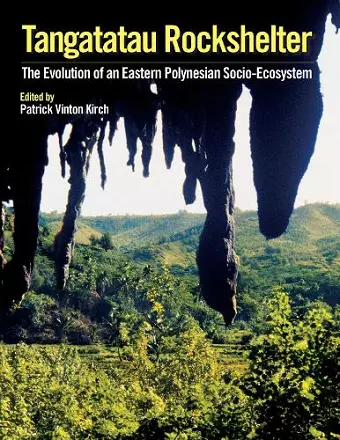Tangatatau Rockshelter
The Evolution of an Eastern Polynesian Socio-Ecosystem
Format:Hardback
Publisher:Cotsen Institute of Archaeology at UCLA
Published:30th Apr '17
Currently unavailable, and unfortunately no date known when it will be back

Tangatatau Rockshelter on Mangaia Island in the Southern Cook Islands, excavated by a multidisciplinary team in 1989-1991, produced one of the richest stratigraphic sequences of artifacts, faunal assemblages, and archaeobotanical materials in Eastern Polynesia. More than seventy radiocarbon dates provide a tight chronology from AD 1000 to European contact in about 1800. The faunal assemblage provides compelling evidence for dramatic reductions in indigenous bird life following Polynesian colonization, one of the best documented cases for human-induced impacts on island biota. Tangatatau is unique among Polynesian archaeological sites in the extent to which fishing was dominated by freshwater fishes and eels. The site also yielded an extensive suite of carbonized plant materials, including sweet potato tubers, demonstrating that this South American domesticate had reached Eastern Polynesia by AD 1400. Mangaia illustrates the often far-reaching consequences of human land use and resource exploitation on small and vulnerable islands.
ISBN: 9781938770104
Dimensions: unknown
Weight: 1356g
348 pages